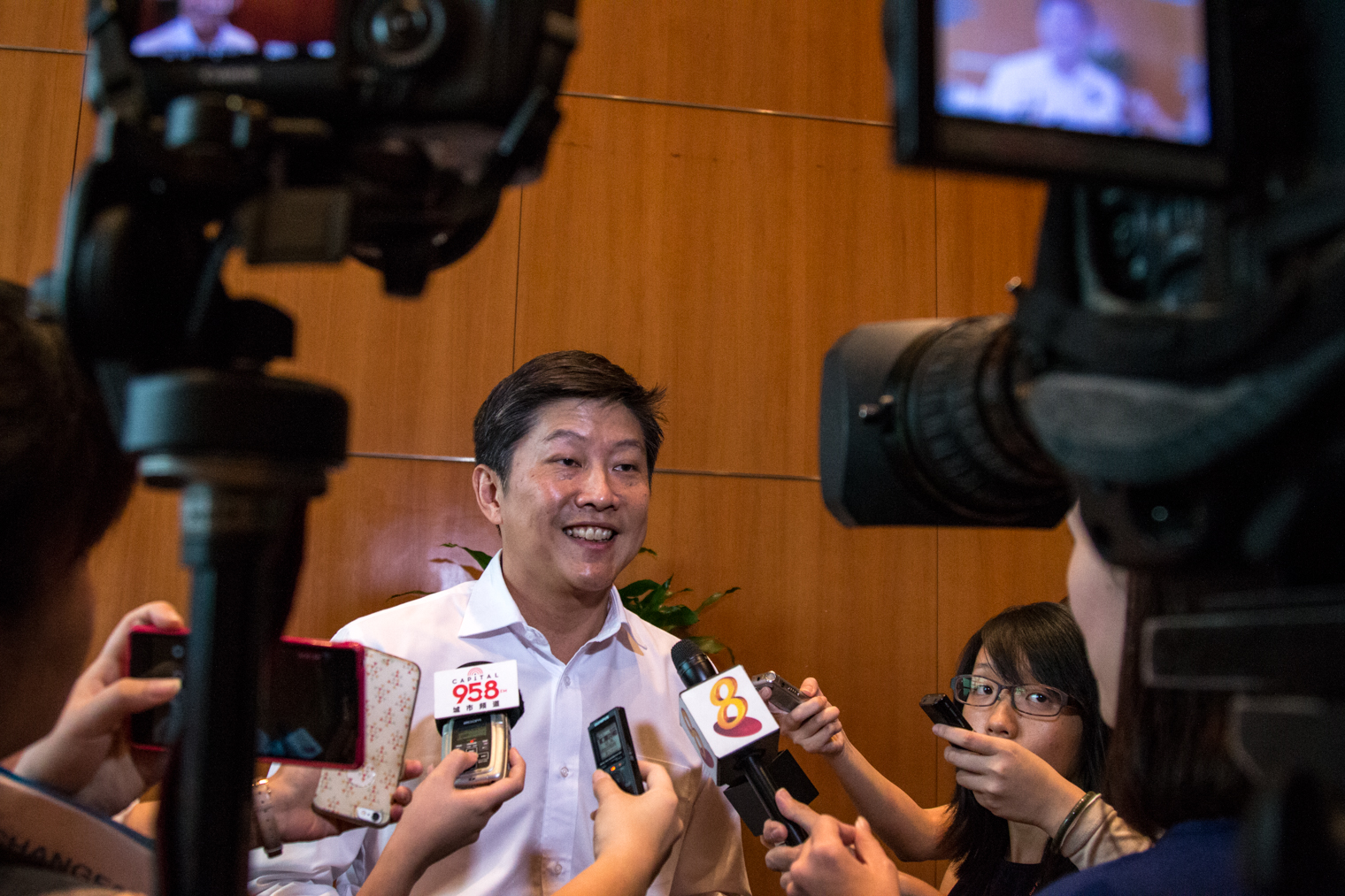Bye bye T-scores, hello Achievement Levels.
The current PSLE scoring system will be scrapped in five years’ time to make way for a new grading system weighing ALs.
Come 2021, a student’s PSLE scores will be the sum of the ALs of their four PSLE subjects.
This means that the new PSLE scores will range from 4-32, with 4 indicating the best results (AL1) in 4 subjects.
The new system is designed to remove grading of performance between peers. The previous score aggregate compared a student’s grades to those of his peers in the same cohort -- but the new system now purely grades students according to their achievement.
Acting Minister of Education for Schools Ng Chee Meng said that the new system is intended to ease the pressures on students.
"The new PSLE system will measure a student’s own level of achievement and learning, so that it doesn’t have to be relative to his friends’ and peers’ results...“(We) hope that parents and students will be afforded more choices to choose from, so that the secondary school will be the best fit for the child, in terms of his interest and learning needs."
The Ministry of Education (MOE) says that this would allow students to focus on their own learning, instead of trying to outdo others.
The choice of schools will now weigh more for admission in Secondary 1, followed by computerised balloting.
In fact, choice of schools will be the new tie-breaker after citizenship for students with the same PSLE score.
Here are five things we learnt about the changes to the PSLE scoring system and secondary one posting:
1. This is how the new grading system and streaming system will work.
A student's PSLE score is the sum of ALs across four subjects, reflecting broadly different levels of achievement and based on the learning objectives of the curriculum.
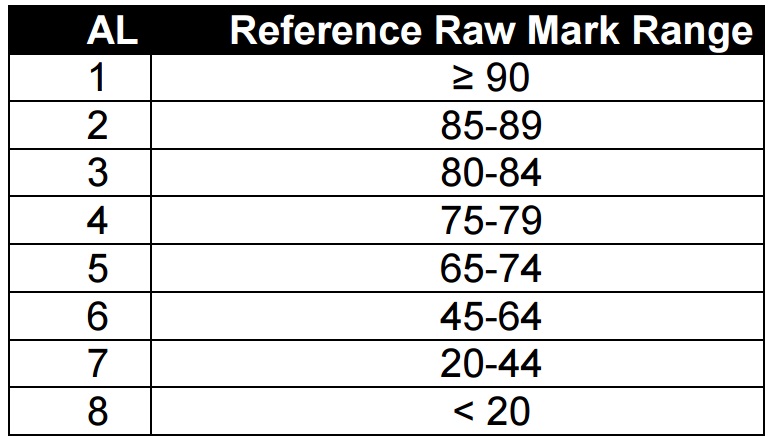 Source: MOE Press Release
Source: MOE Press Release
In other words, 4 is the best score while 32 is the worst score.
So how will streaming work?
Students will be placed in the appropriate secondary school course -- Express, Normal (Academic) and Normal (Technical).
 Source: MOE Press Release
Source: MOE Press Release
2. Schools and students will now be less differentiated by cut-off points
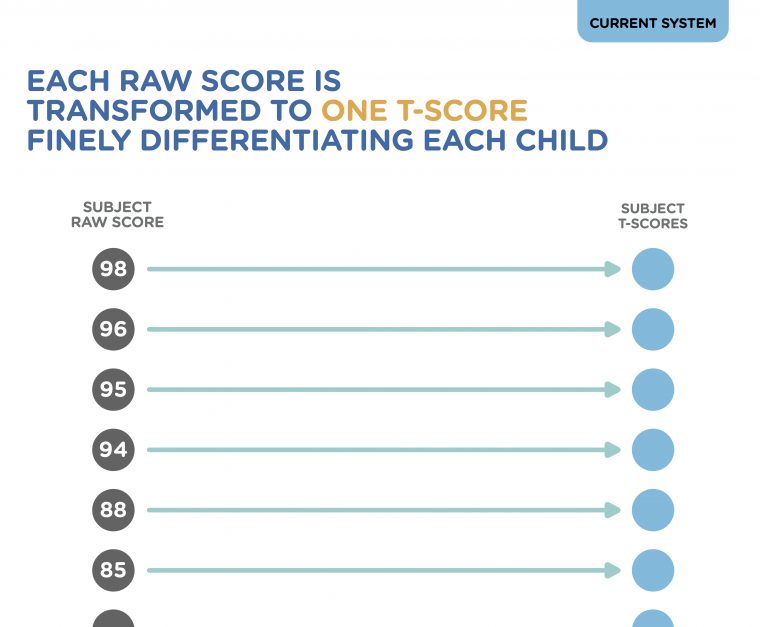 Source: MOE
Source: MOE
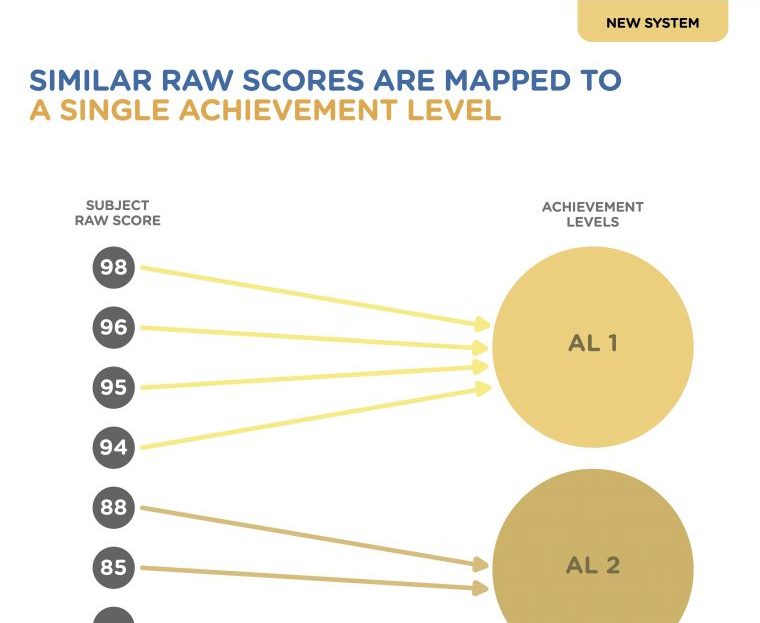 Source: MOE
Source: MOE
The current system differentiates students very finely, with over 200 different aggregates for the T-score.
There will only be 29 possible PSLE scores in future, meaning that students will be more loosely categorised. The 29 possible PSLE scores will indicate achievement levels that will remain the same year to year.
This, according to MOE, will mean that students will no longer be graded as compared to their peers’ performance, which "may not be educationally meaningful”. Students will now be graded based on their own performance.
3. Everything else will remain largely the same.
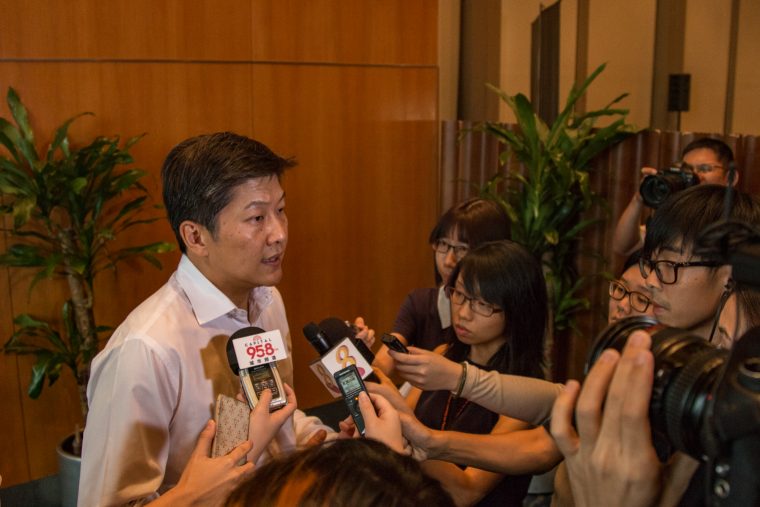 Photo by Ng Yi Shu
Photo by Ng Yi Shu
On why the system hasn't been revolutionised, despite calls to move away from exam culture, Ng said that some things "are best evolved and not revolutionised".
"Our educators have done very well over the past 50 years to prepare our children to meet challenges," he said. "So in such a good system - I think it’s premature to revolutionise it, until such a time that we are clearer."
The new scoring and secondary school posting changes would not affect curriculum, subjects tested at the PSLE, and the demand of the PSLE on students.
But the next few years before 2021 will be spent testing of the new exam scoring system and posting system, to give schools more time to familiarise themselves with the new system, and provide support to parts and students.
4. Choice will matter more in the secondary school posting
In the current system, students will be posted to their most preferred school for which they are most eligible, but the order in which they are placed do not give them priority.
In the new system, a student who has placed a given school higher in his list of choices will get a priority in admission.
Moreover, choice order will be a new tie-breaker if students have the same PSLE scores.
5. Affiliation systems and Higher Chinese advantages in applying to SAP schools will remain
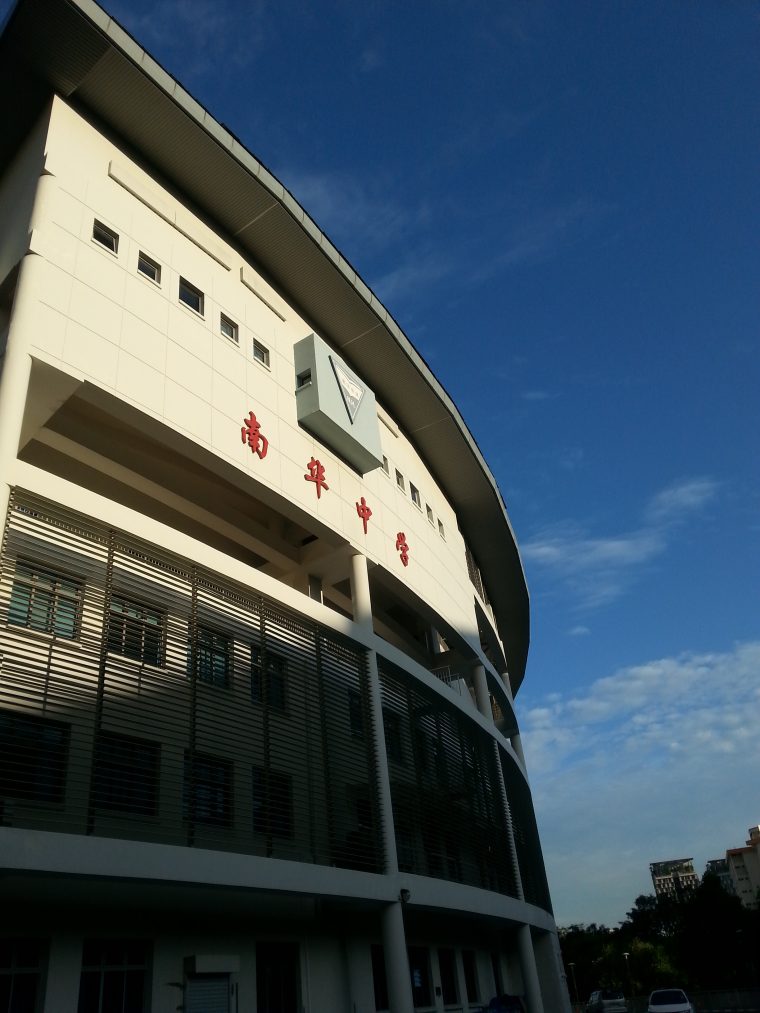 Nan Hua High School, a Special Assistance Plan school. Photo: Wikipedia.
Nan Hua High School, a Special Assistance Plan school. Photo: Wikipedia.
Admissions by affiliation will remain in the new PSLE system. Previously, students who are applying to an affiliated school would be granted priority if they indicated the school as their first choice.
Students who took Higher Chinese and and are applying for a Special Assistance Plan school will have their Higher Chinese performance taken into account of their ranking.
You can know more about the new changes here:
" width="560" height="315" frameborder="0" allowfullscreen="allowfullscreen">
All photos by Ng Yi Shu.
If you like what you read, follow us on Facebook, Instagram, Twitter and Telegram to get the latest updates.
